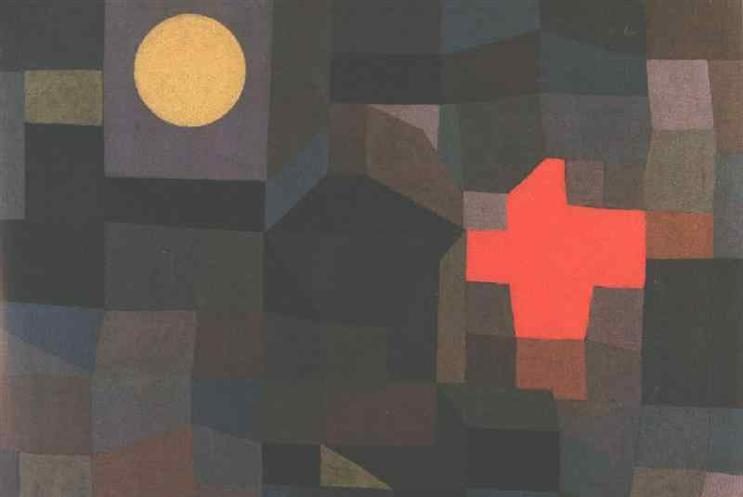Jeff Rudy ~ The Greater Light

There was a man sent from God, whose name was John. He came as a witness to testify to the light, so that all might believe through him. He himself was not the light, but he came to testify to the light. The true light, which enlightens everyone, was coming into the world. – John 1:6-9
There is something that is inherently musical to this season, isn’t there? Our anticipation of the celebration of Christ’s birth begs a prelude in which to set the stage for Christmas.
The Advent season and its accompanying passages of Scripture are filled with some of the best songs – from Mary and Zechariah to the angels and prophets – all of these and more sing in preparation for the main event. That was part of John the Baptist’s message that we spoke of and that carries over today. And even John the Gospel author gets lyrical as he writes what is called the prologue to his gospel.
In his introductory words to his story of Jesus, John uses language and structure that takes the story of Christ all the way back to the beginning and he sings, in a way, that this Word made flesh who we celebrate was God and was with God “in the beginning.”
It’s a new telling of the creation story. We could even call that ancient creation story “the creation song,” for Genesis 1 carries with it a rhythmic beat that puts the creation of the heavens and the earth in a sort of musical tempo. There is call and response, the voice of God saying, “Let there be…” and the creation responding in an echo, “and so it was…” The author of Genesis puts the creation of the sun and the moon (or as they were referred to in the Scripture the “greater” and “lesser” lights) in the middle of the creation song, which leads to the crescendo of humans made in God’s image to share in the care for the creation along with being fruitful and multiplying.
And the writer John does the same, in a way, as he alludes to John the Baptist, setting the stage for the crescendo of the Word Made Flesh, the new Adam, Jesus Christ. He uses the familiar language of “light and dark,” “day and night” to speak of the sort of world in which the true light was entering. It is clear that John, the gospel author, is alluding to Genesis, and many scholars have suggested that this opening to the gospel was in the poetic structure of a hymn, not unlike what is under the surface in the creation account of Genesis 1.
As I’ve reflected on these creation songs, I wonder if there is a connection regarding the clarity of John not being the true light and Jesus being the light and the reference to the greater and lesser light in Genesis. The greater light in the song of creation is the sun. The lesser is the moon. And we know that the moon does not generate its own light, but reflects the light of the sun. The moon, therefore, only lights the way in a derivative sense.
But it does so, at its best, in the dark of the night – a metaphor for this preparatory season of Advent. For those of us in the northern hemisphere, the nights are longest right around this time. But as we look up in the night sky at a silver moon softly gleaming, we can examine it as the sign of expectant hope, that the sun will be up and the day, the greater light, will be here very soon.
The sun is present at night…it’s just not directly visible. And so, the sun can use the reflecting light of the moon to guide those in the dark to prepare the way of the Lord. Jesus Christ, John says, is the true light who was coming to enlighten everyone in the world in the more direct and expansive way, like the sun. He is, in the language of Genesis, the greater light. The moon, a type of foreshadowing of John, is the lesser. In the third chapter of this gospel, John the Baptist will say of Jesus – “He must increase, but I must decrease.” John got it. Jesus is the greater light, and as the lesser light, John knew his role of reflecting the light to the world.
As we join the songs of the angels and Mary, of Zechariah and the shepherds, and John, as we join the song with all creation, let us reflect the greater light, Jesus Christ, into the world, our neighborhood.
Note from the Editor: the accompanying featured image is the work “Fire, Full Moon,” by Paul Klee.